Microbiome
20 biomarkers of 4 different classes from 200μl sample volume on GC- and LC-MS/MS platforms. Contact our experts for any questions or inquiries.
Why did we design this panel?
We developed a targeted metabolomics panel for investigating the gut microbiome to precisely quantify specific microbial derived metabolites and understand microbiome-host interactions. This helps identify biomarkers for gut health, supports personalized treatment strategies, and enhances the development of microbiome-targeted therapies, supporting gut-microbiome focused research, and helping improve disease management and patient outcomes.
SCFAs
8 markers by LC-MS/MS
SCFAs, in particular butyrate, are anti-inflammatory, expand the pool of intestinal regulatory T cells, protect against allergic sensitization, mitigate production of reactive oxygen species, are essential for gut integrity, and exert antiproliferative effects on cancer cells. Butyrate’s effects on the immune system are mediated through the inhibition of class I histone deacetylases and activation of G-protein coupled receptors: GPR109A, GPR41 and GPR43. SCFAs increase insulin secretion (via GPR41/43), and low gut-derived SCFAs have been suggested to be associated with type II diabetes, insulin resistance, obesity and NAFLD.
Indoles
7 markers by LC-MS/MS
About 5 % of tryptophan is catabolized by the gut microbome, generating so-called microbiome-derived tryptophan metabolites collectively referred to as indoles. Microbiome-derived indoles have diverse biological roles affecting health. Some are ligands of the aryl hydrocarbon receptor (AhR) thereby modulating the immune response, others have anti-inflammatory and anti-oxidative effects, enhance the intestinal epithelial barrier, increase secretion of gut hormones and stimulate intestinal motility. Indoles are generally thought to mediate beneficial health effects, with the exception of 3IS, a host-microbial co-metabolite generated from indole in the liver.
Choline oxidation
4 markers by LC-MS/MS
Choline oxidation and its related metabolites—betaine, dimethylglycine (DMG), sarcosine, and trimethylamine-N-oxide (TMAO)—are related to the gut microbiome in several ways. Gut bacteria play a crucial role in metabolizing choline into trimethylamine (TMA), which is then absorbed and oxidized in the liver to form TMAO. TMAO has been linked to various health conditions, and the gut microbiome’s ability to convert choline into TMAO may impact the host’s health outcomes. The gut microbiome also influences the production of other choline-derived metabolites like betaine, DMG, and sarcosine, affecting methylation processes and overall metabolic health. The types and activities of gut bacteria determine the efficiency and extent of choline metabolism, influencing the levels of these metabolites in the body, with different gut microbiome compositions linked to varying health outcomes. Lastly, dietary intake of choline and related compounds affects gut microbiome composition and function, creating a bidirectional relationship between diet, the gut microbiome, choline metabolism and host health outcomes.
Amino acid derived metabolites
1 marker by GC-MS/MS
Phenylacetylglutamine (PAGln) is a bacterial metabolic product of phenylalanine. Phenylalanine is initially converted in the gut to phenylpyruvic acid and further to phenylacetic acid, which is conjugated with glutamine in the liver and kidney forming PAGln. PAGln may accumulate in renal disease and therefore is considered as a uremic toxin (2). Circulating concentrations have been related to the development of atherosclerotic cardiovascular disease and major adverse cardiovascular events (MACE), including myocardial infarction, stroke or death, and recently to heart failure and diabetes. Mechanistic studies indicated cardiovascular effects may partly at least be mediated by interaction of PAGln with G-protein coupled adrenergic receptors.
